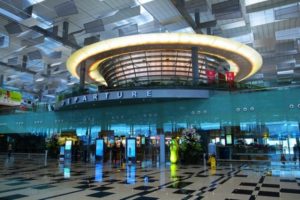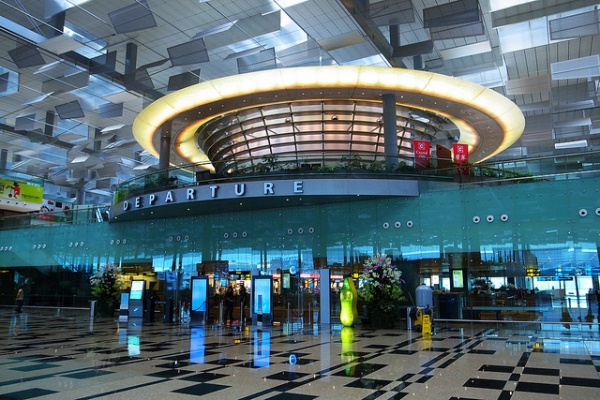 The Singaporean government will be introducing from July a new airport development levy (ADL) for passengers departing Changi Airport to help fund airport developments, including the new Terminal 5 (T5), and related infrastructure at Changi East.
The Singaporean government will be introducing from July a new airport development levy (ADL) for passengers departing Changi Airport to help fund airport developments, including the new Terminal 5 (T5), and related infrastructure at Changi East.
The rate will be SGD10.80 (US$8.15) for passengers who begin their trips from Changi Airport and SGD3.00 for passengers who start their trips elsewhere and connect through Changi Airport, said a joint statement February 28 from the Ministry of Transport and Civil Aviation Authority of Singapore (CAAS).
“Legislative changes will be made to put into effect this new tax, which will apply to tickets issued on or after 1 July 2018. Passengers travelling on or after 1 July 2018 whose tickets are issued prior to 1 July 2018 will not be subjected to the ADL,” said the statement.
With air traffic growth over the last decade averaging 5.4% growth per year, Changi Airport is fast reaching the limits of its capacity, said the statement.
“Growth is expected to remain strong over the next few decades, supported by the growing demand for air travel in the Asia-Pacific,” it said.
“Without further expansion, air traffic at Changi Airport will exceed capacity; Changi Airport will be unable to grow its connectivity and could lose its hub status to other airports around the region. Service standards will also drop and travellers will experience more delays.”
Therefore the gateway must be allowed to expand its infrastructure and its capacity to handle higher volumes of passenger and aircraft movements safely and efficiently, said the statement.
These developments will involve three elements.
The first is a three-runway system, in which an existing military runway is being extended and accompanying taxiways are being constructed to allow Changi Airport to cater to more flights. Works for the three-runway system began in 2016. The third runway will be ready for civil aviation use in 2020, and the three-runway system will be operationalized in the early 2020s.
The second is a network of tunnels and systems, including the baggage handling system and automated people mover system, to allow for the efficient transfer of passengers, baggage, and airside vehicles within Changi East and also between Changi East and the existing terminals.
The third is Terminal 5, which will allow Changi Airport to serve up to an additional 50 million passengers per year in its initial phase, a 60% increase in Changi’s capacity.
Extensive land preparation and drainage works at Changi East, which are needed to prepare the site prior to its construction, have been ongoing since 2014.
The Changi East developments are expected to cost tens of billions of dollars. They will be funded through joint contributions by the government, the airport operator (Changi Airport Group) and airport users, namely, passengers and airlines.
The government will invest substantially and foot majority of the costs. To date, it has committed more than SGD9 billion into the project. CAG has also committed SGD3.6 billion to date, and will commit its reserves and future surpluses (including earnings from its airport concessions), as well as take on substantial borrowing to fund the project.
“Charges for airlines and passengers will be kept to the minimum necessary to maintain Changi Airport’s competitiveness,” said the release.
Airlines and passengers departing from the airport will contribute to the Changi East developments via aeronautical charges paid to CAG, as well as the ADL.
The ADL will be reflected on airline tickets and forms part of the total ticket price. It will be collected by CAG from the airlines on behalf of the CAAS and the government.
Photo: lhongchou





